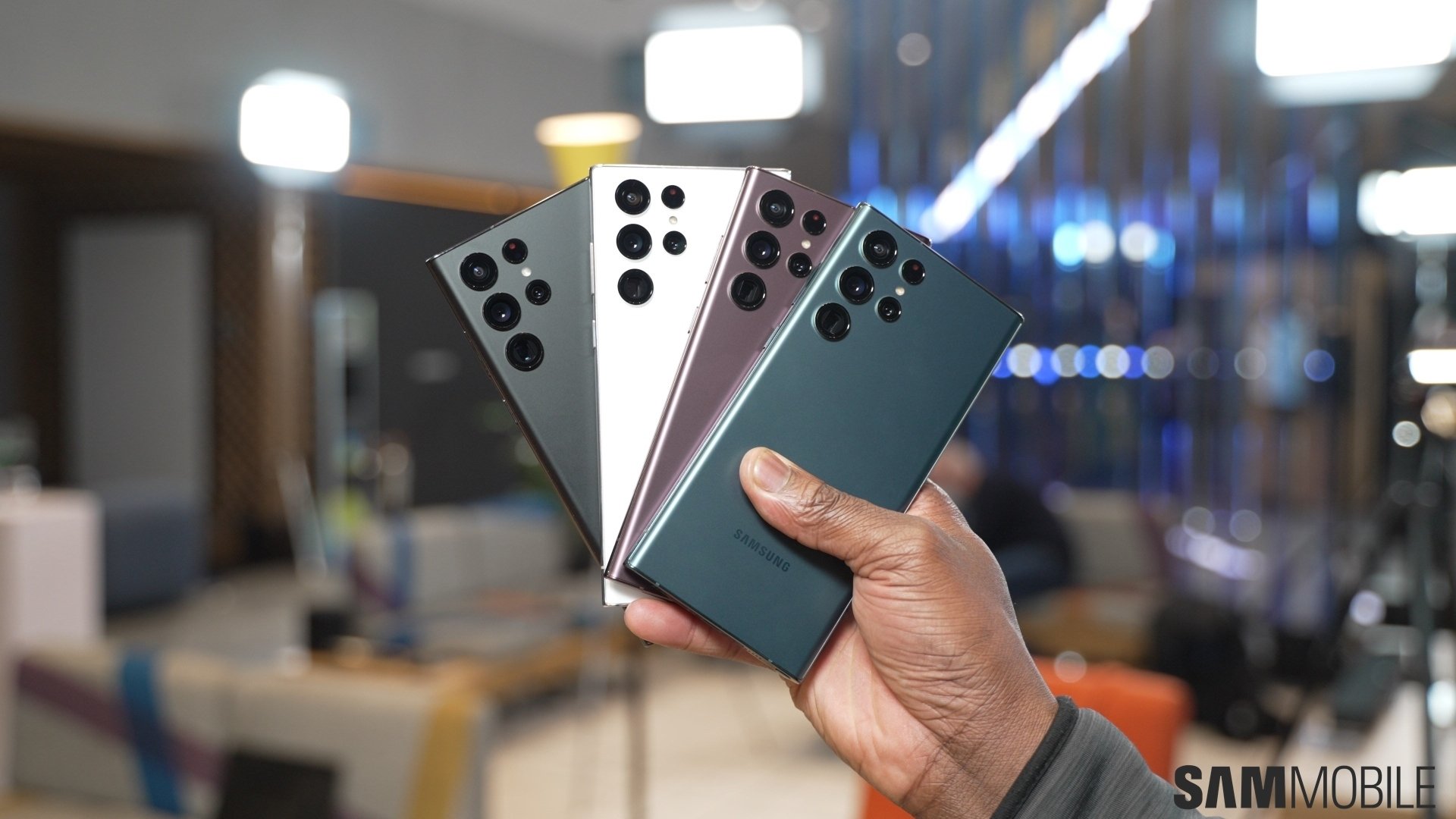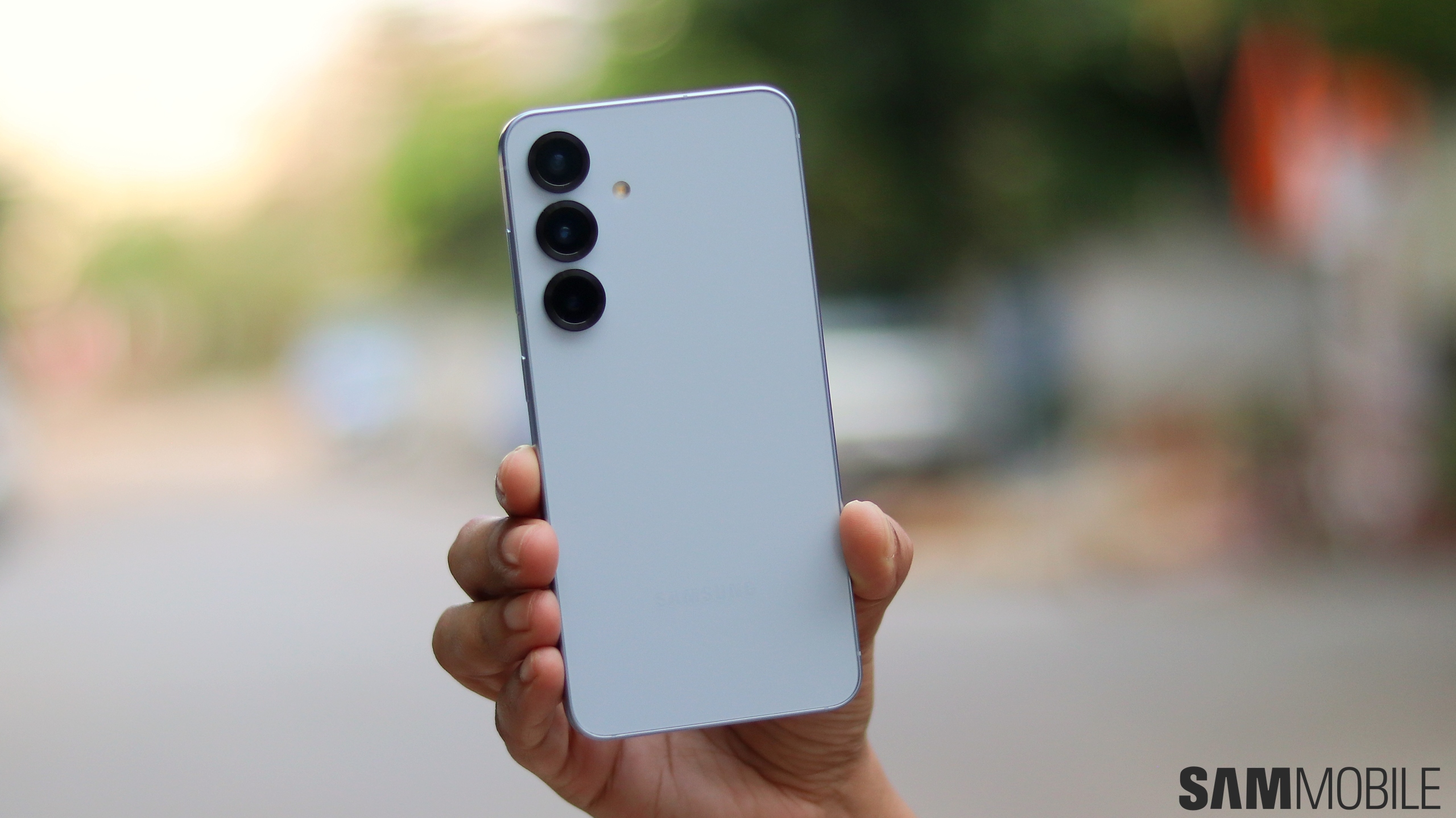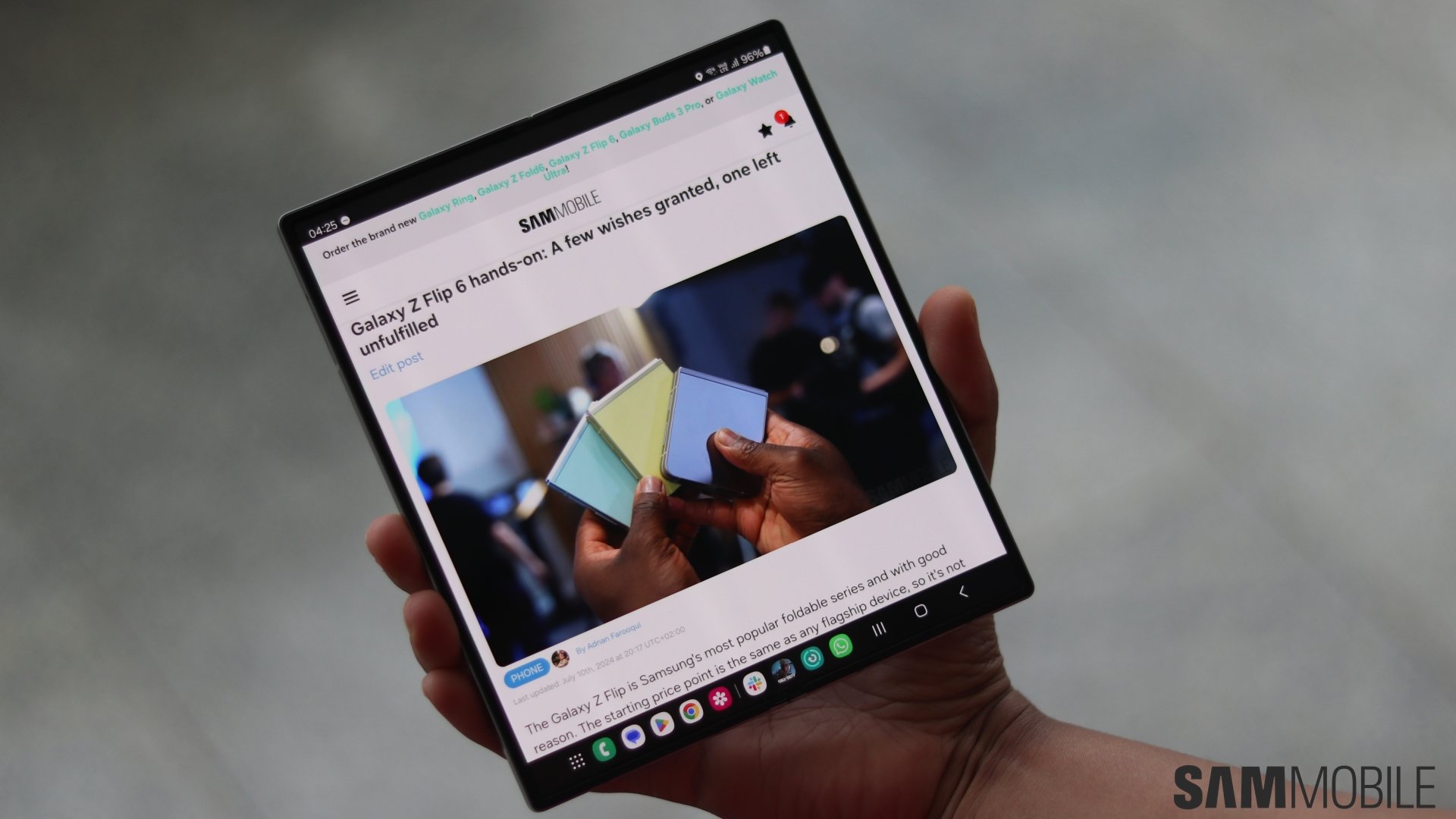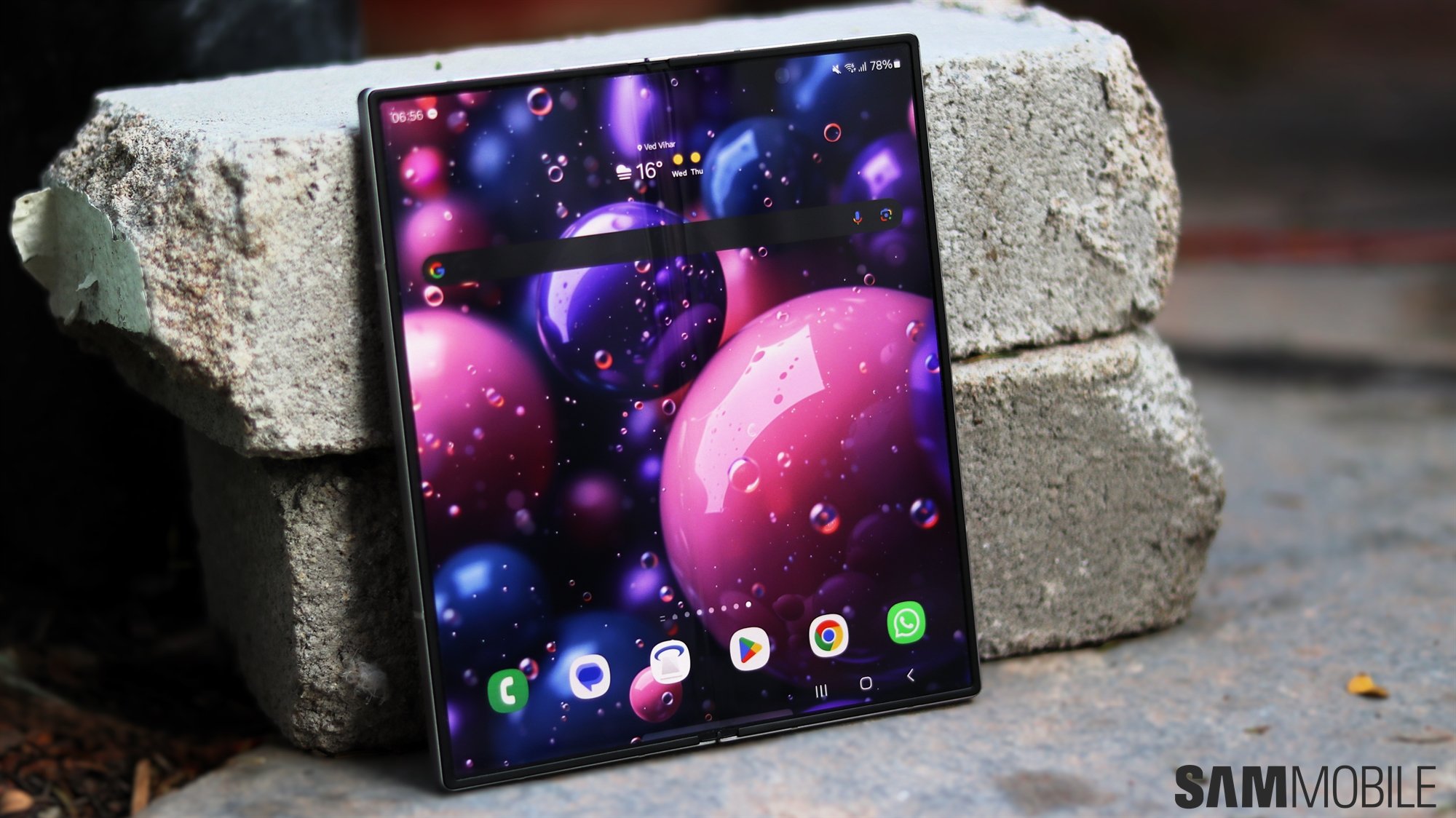
Things unraveled pretty quickly for Huawei a few years ago, particularly after the administration changed in the United States. The company was penalized pretty heavily for its alleged links to the Chinese government. It's access to key hardware and software technologies made in the US was cut off. Western countries joined together to shun Huawei products. One of China's leading tech companies found itself in an impossible position. Even Huawei's founder had to admit that the company was now in “survival mode” for the next three years.
This leveled the playing field for a lot of smaller Chinese manufacturers that had always been in Huawei's shadow. Companies like OnePlus started to push more overseas in a bid to establish themselves as worthy competitors of the one true Android behemoth: Samsung. While they have managed to make a name for themselves in most markets across the globe, Samsung's crown remains untouched.
OnePlus's latest move is to kickstart the 2023 flagship launch. It has put out the first Android flagship of the new year, powered by the same Qualcomm chipset that we'll find inside the Galaxy S23 series that's due in February. Going by the specs, the OnePlus 11 appears to be a bonafide Android flagship smartphone, but does it have what it takes to take on the giant that is the Samsung Galaxy S series?
OnePlus has played it smart. It has unveiled the OnePlus 11 in China a month before the worldwide launch on February 7, which is likely going to clash with Samsung's Galaxy S23 launch. The China launch confirms everything that the OnePlus 11 has to offer. Customers who may be interested in this device have plenty of time to make up their minds before they decide to open their wallets. Samsung won't do something like this. The Galaxy S23 lineup will be unveiled worldwide on one single day in early February, so fans only get rumors until then.
The OnePlus 11 is equipped with the Snapdragon 8 Gen 2 chipset from Qualcomm. We'll find this chipset in 2023 Android flagships, the Galaxy S23 series included. It also comes with the latest LPDDR5X RAM that the Galaxy S23 will have also, in addition to UFS 4.0 storage. The 5,000mAh battery will match the Galaxy S23 Ultra while the 100W fast charging will likely hold an edge over Samsung, even though it wouldn't make much of a difference in real life.
The camera setup includes Sony sensors with Hasselblad branding. This is a common tactic that Chinese OEMs are using, slapping professional camera brands on their flagship phones, it's not something that Samsung really needs to do. The camera setup does appear to be quite similar to the Oppo Find N2 foldable phone. Lastly, OnePlus recently copied Samsung and made the commitment to provide four Android OS upgrades for its smartphones.
Evidently, the company wants its flagship phones to be viewed as being at the same level as Samsung. All of the moves that it has made recently seem to be focused on that goal. The company will no doubt try to undercut the Galaxy S series on price, ultimately enticing customers into thinking that they can get similar specs for far less money.
That has been the playbook used by Chinese OEMs against Samsung for years. Try to match or exceed the specs on paper and price the device as aggressively as possible to undercut Samsung. This didn't work when Huawei, with its considerably more clout and vastly deeper pockets, was doing it. It's not going to work for OnePlus.
Merely getting the jump on Samsung's flagship launch isn't enough. If it was, Samsung would have been actively trying to prevent that by moving up its Galaxy S23 launch. Even when Huawei was at its peak, it was suggested that Samsung could start launching new Galaxy S models in January. The company didn't feel the need to do that then. It felt sufficiently confident in the capabilities of its own products to not worry about being beaten to market or undercut on price.
Companies that are trying to beat Samsung to the punch need to understand that people aren't just buying phones for the novelty of having the latest device. Galaxy phones are of a far higher quality and can easily be used rigorously for several years. Samsung's aftersales network is robust and spread across the globe. You can be anywhere in a major metro area and chances are you'll be able to find an official service center with not too much difficulty. Samsung's Galaxy ecosystem includes tablets, smartwatches, TVs, smart home devices, and other products, enabling customers to extract the most value out of their devices.
It's also worth noting that people are now holding on to their phones for longer than ever before. The average customer isn't changing their phone every single year like before. That's one of the reasons why the additional Android OS upgrade support is so vital now. It's also a great sustainability initiative, one that Samsung has contributed to significantly for the Android landscape.
Like any great company that doesn't rest on its laurels, it's likely that Samsung keeps a close eye on what OnePlus is doing, much like it keeps an eye on all of its competitors. However, the OnePlus 11 is unlikely to give the Korean behemoth any sleepless nights. It's just more of the same, nothing that Samsung can't handle. As the saying goes, if you come at the king, you best not miss. Right now, OnePlus isn't landing any of its shots on target. Better luck next time?


















